2022年 第37卷 第6期
2022, 37(6): 1021-1045.
doi: 10.1016/S1872-5805(22)60652-8
摘要:
2022, 37(6): 1046-1065.
doi: 10.1016/S1872-5805(22)60651-6
摘要:
2022, 37(6): 1066-1088.
doi: 10.1016/S1872-5805(22)60645-0
摘要:
2022, 37(6): 1089-1115.
doi: 10.1016/S1872-5805(22)60653-X
摘要:
2022, 37(6): 1116-1124.
doi: 10.1016/S1872-5805(22)60607-3
摘要:
2022, 37(6): 1125-1134.
doi: 10.1016/S1872-5805(21)60069-0
摘要:
2022, 37(6): 1135-1144.
doi: 10.1016/S1872-5805(22)60619-X
摘要:
2022, 37(6): 1145-1153.
doi: 10.1016/S1872-5805(22)60626-7
摘要:
2022, 37(6): 1154-1162.
doi: 10.1016/S1872-5805(22)60616-4
摘要:
2022, 37(6): 1163-1171.
doi: 10.1016/S1872-5805(21)60057-4
摘要:
2022, 37(6): 1172-1182.
doi: 10.1016/S1872-5805(21)60047-1
摘要:
2022, 37(6): 1183-1192.
doi: 10.1016/S1872-5805(21)60078-1
摘要:
2022, 37(6): 1193-1200.
doi: 10.1016/S1872-5805(22)60625-5
摘要:



 摘要
摘要 HTML
HTML PDF
PDF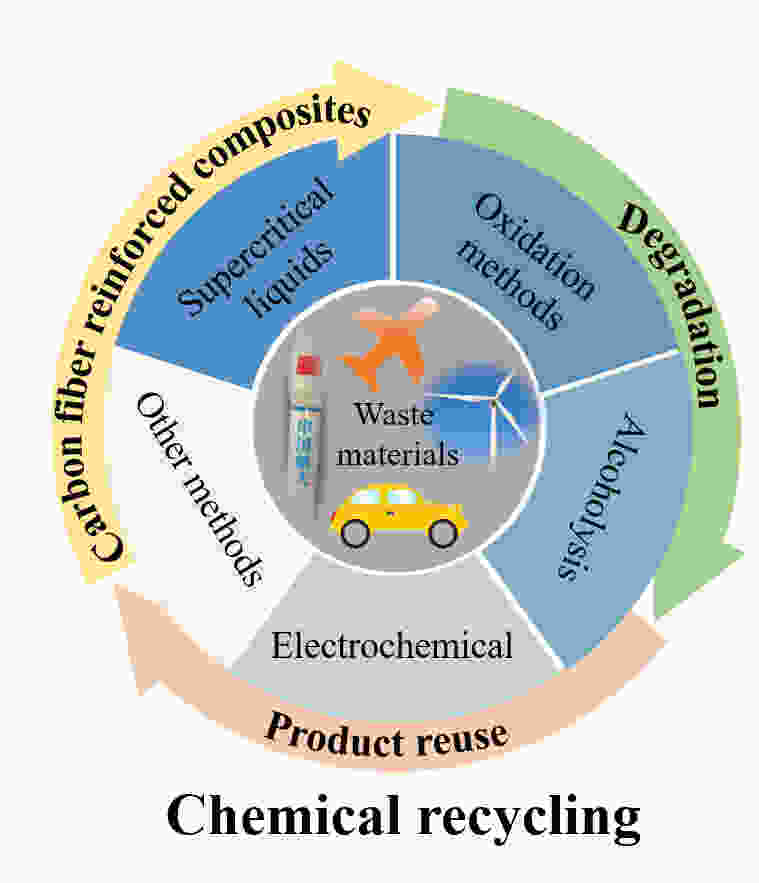

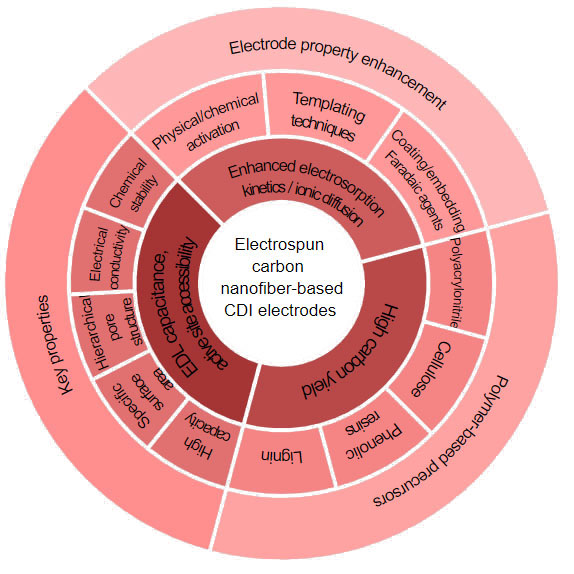
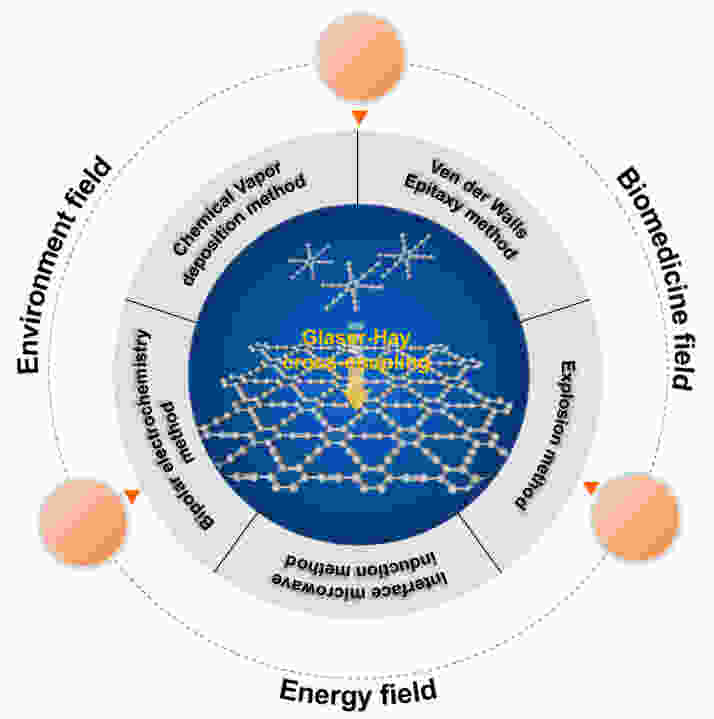
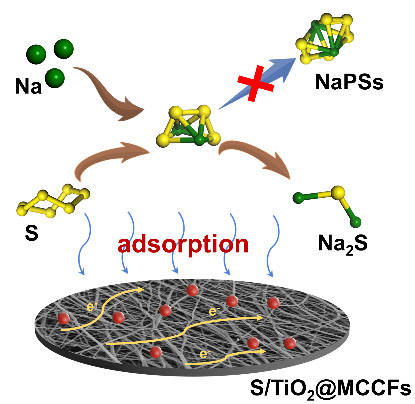

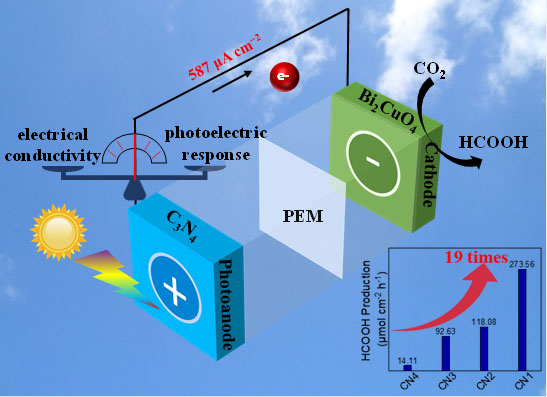

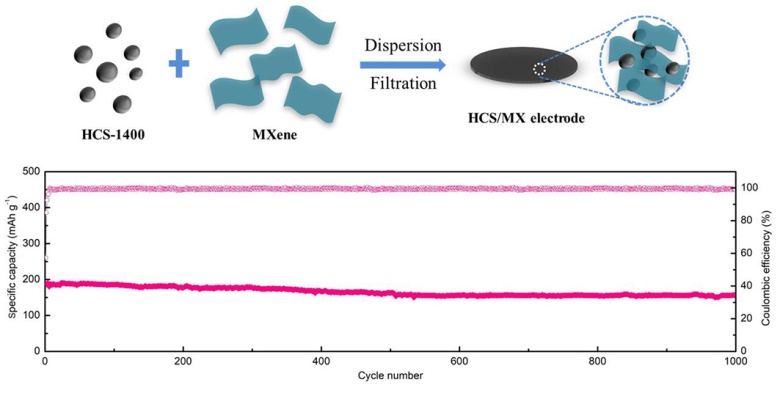
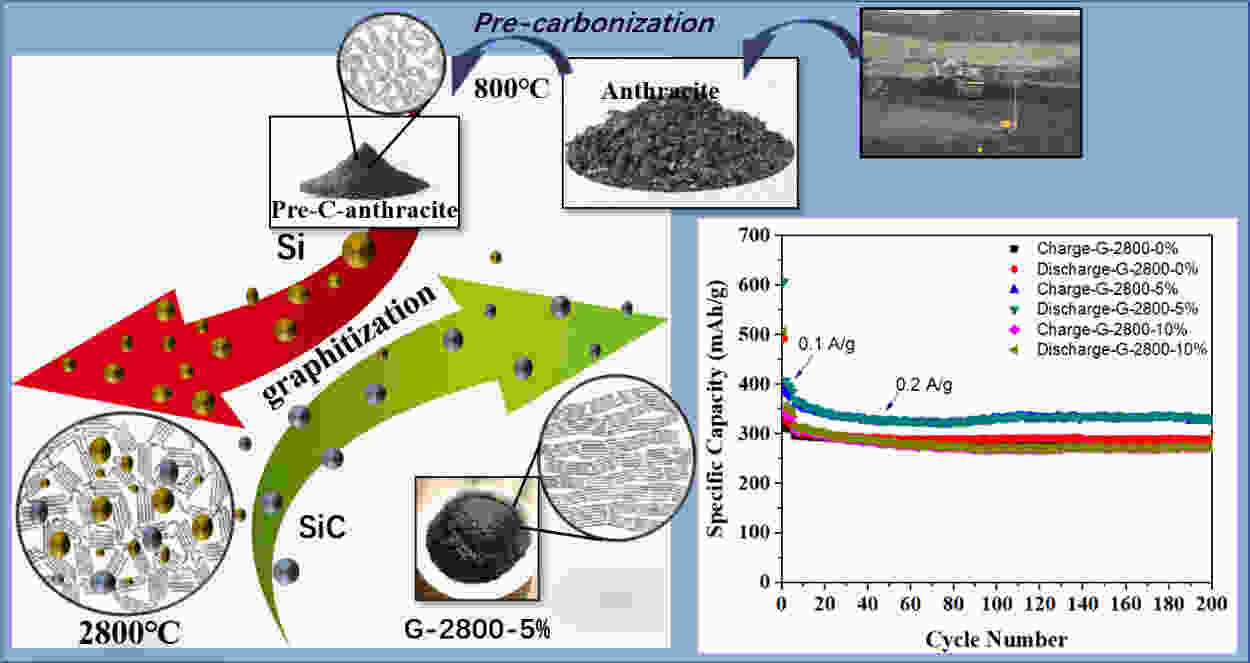
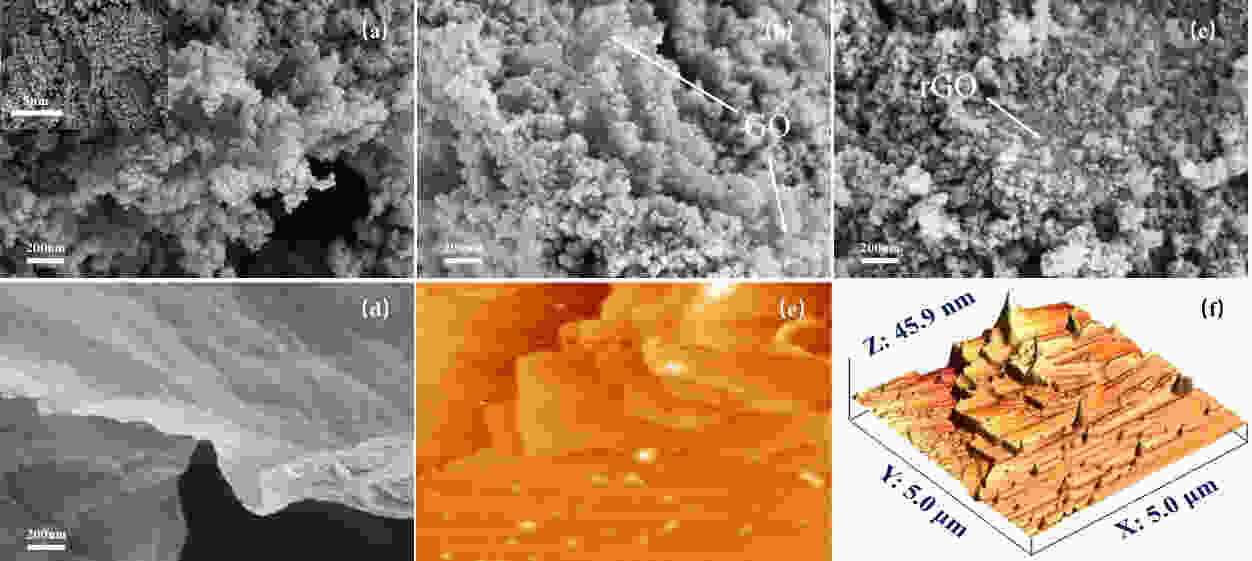




 虚拟专题
虚拟专题

 邮件订阅
邮件订阅 RSS
RSS 下载中心
下载中心 友情链接
友情链接

